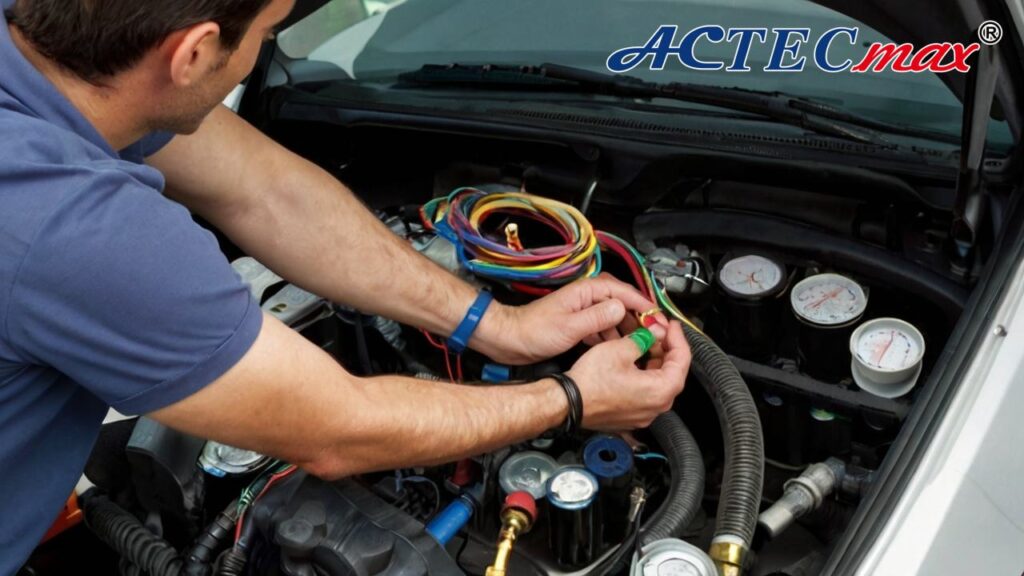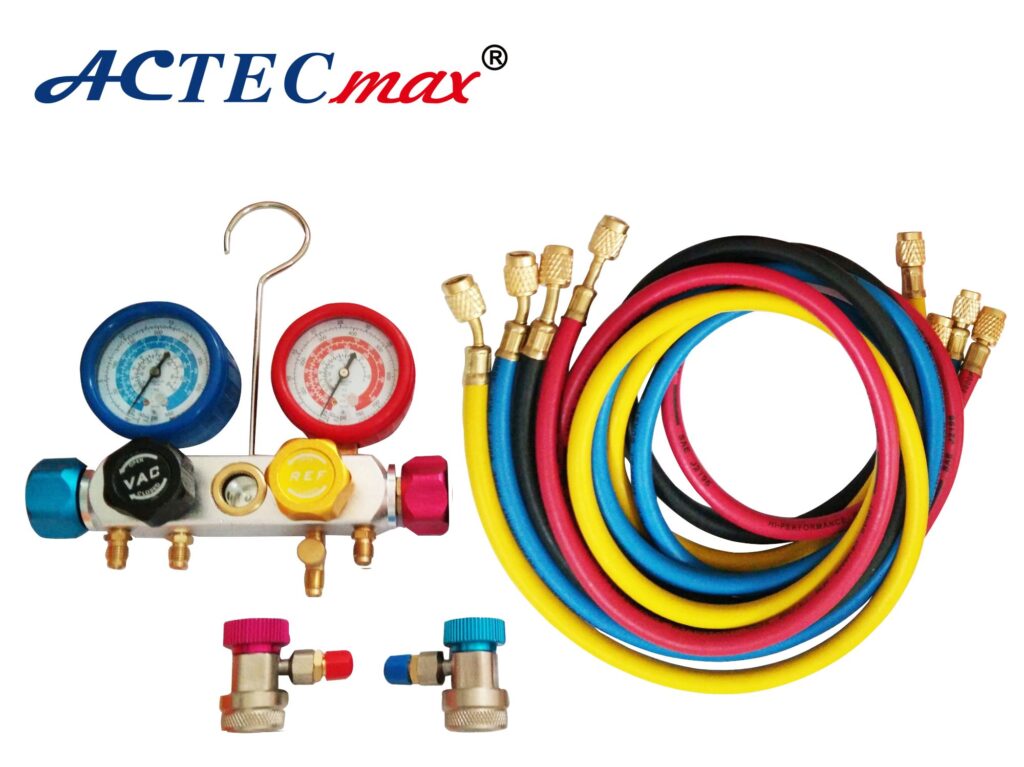
How to Recharge Car AC
A properly functioning car air conditioning (AC) system is essential for a comfortable driving experience, especially in hot weather. Over time, your AC may lose refrigerant, reducing its cooling efficiency. Learning how to recharge car AC can help restore its performance and keep your vehicle’s interior cool. This guide walks you through the process safely and effectively.
Your car’s AC system operates by circulating refrigerant to cool the air inside the vehicle. However, due to natural wear, leaks, or improper maintenance, the refrigerant level can drop, causing a decrease in cooling performance. When your AC stops blowing cold air, it may be time for a recharge.

how to recharge car ac
Before you begin, gather the following tools:
Most vehicles manufactured after 1994 use R-134a refrigerant, while newer models may require R-1234yf refrigerant. Check your car’s manual or the sticker under the hood to determine the correct type. Using the wrong refrigerant can damage your AC system.
The AC system has two service ports: high-pressure and low-pressure. The low-pressure port is typically on the larger diameter tubing between the compressor and evaporator. It is usually marked with an “L.”
Tip: If you are unsure, consult your vehicle’s manual or look for online guides specific to your car model.
After recharging, check if the air coming from the vents is cold. If the cooling performance has improved, your AC system should be functioning properly again. If the air is still warm, additional issues such as leaks or a failing compressor may be present.
If you frequently need to recharge your AC, there might be a leak in the system. Common signs of a refrigerant leak include:
To detect leaks, you can use a UV dye refrigerant or a leak detection spray. If you suspect a leak, it’s best to have a professional mechanic inspect and repair your AC system.
Recharging your car’s AC is a straightforward process when done correctly. By following this guide, you can save money on mechanic fees and keep your vehicle’s air conditioning running efficiently. However, if your AC system has ongoing issues, such as frequent refrigerant loss, professional repair may be necessary.
Now that you know how to recharge car AC, you can enjoy a cool and comfortable ride all summer long! 🚗❄️
For high-quality AC recharge kits and auto air conditioning components, check out ACTECmax, a trusted supplier of automotive AC solutions worldwide.